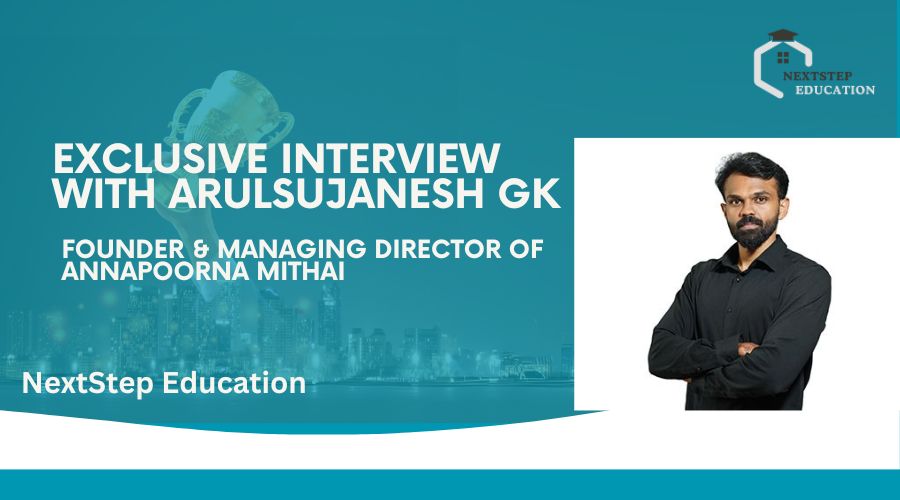At the Future Blockchain Summit, industry leaders gathered to address the most pressing challenges in the blockchain space. Among the standout voices was Leila Salieva, co‑founder of Sombrero Galaxy Agency—a strategist known for bridging blockchain innovation with practical market needs.
We sat down with Leila after her talk to dig deeper into her insights on scalability, security, and the future of decentralized ecosystems.
Q: Leila, your session touched on the “scalability trilemma.” Can you explain what that means for our readers?
Leila:
“The scalability trilemma is a fundamental challenge in blockchain. You have three key attributes—security, scalability, and decentralization—but improving one often means compromising another. For example, if you want faster transactions and bigger block sizes, you might inadvertently weaken security or tilt toward centralization.
Sacrificing decentralization can sometimes be necessary in specific scenarios, but it’s not a decision you take lightly. Every trade‑off affects the long‑term trust and resilience of your network.”
Q: You mentioned the limitations of smart contracts. Where do you see opportunities for improvement?
Leila:
“Smart contracts are powerful, but they’re still in their early stages. Their current frameworks restrict many potential use cases—mainly because they were designed with certain assumptions about network capacity.
To unlock new applications, we need to explore emerging consensus mechanisms. These could drastically improve how smart contracts execute and scale. Projects experimenting with hybrid or novel consensus approaches are paving the way for a new generation of blockchain solutions.”
Q: In your talk, you spoke about educating traditional Web2 users. Why is that critical?
Leila:
“Adoption doesn’t happen in isolation. Many people still operate in a Web2 mindset. They don’t fully understand blockchain capabilities or why decentralization matters.
If we want to build truly scalable solutions, we need to bridge the gap—help Web2 users transition smoothly by showing them how blockchain can enhance security, transparency, and user control. This education fosters integration and reduces friction for new users and businesses.”
Q: Improving transaction speed is a big demand. What risks come with that?
Leila:
“When you try to increase speed—say by using larger block sizes or shorter block intervals—you often introduce new risks. Larger blocks can increase network vulnerability, while shorter intervals may lead to centralization because only a few nodes can keep up.
It’s a balancing act. That’s why scalability discussions always come back to security and decentralization—it’s not just about raw speed.”
Q: What best practices do you recommend for ensuring security in scalable solutions?
Leila:
“Start with your consensus mechanism. For example, Byzantine Fault Tolerance (BFT) mechanisms rely on cryptography to keep networks secure even if some nodes act maliciously.
Look at Hyperledger Fabric, which implements Practical BFT (PBFT), or DMD Diamond, which is developing Honey Badger BFT (HBBFT). These models show how you can maintain integrity while improving scalability.
Equally important is a clear governance structure. Define roles, voting algorithms, and decision‑making processes early. Without them, even the best technology can fail because stakeholders won’t know how to adapt or evolve the network.”
Q: How can the industry move forward together on these issues?
Leila:
“We need stronger collaboration between developers, researchers, and industry stakeholders. Today, there’s still a limited understanding of many consensus mechanisms, and current technology does have constraints.
Sharing knowledge, contributing to open standards, and openly discussing best practices will help everyone. We can’t afford to build in silos—collaboration is the only way to strengthen networks and drive innovation.”
Q: What message would you like to leave with blockchain innovators and builders?
Leila:
“Be realistic about where technology is today, but don’t stop exploring. Conduct thorough market analyses, understand your users, and always think about the trade‑offs you’re making.
Most importantly, share what you learn. The blockchain industry thrives when we innovate together, test ideas openly, and support each other. That’s how we build not just scalable networks, but sustainable ones.”





